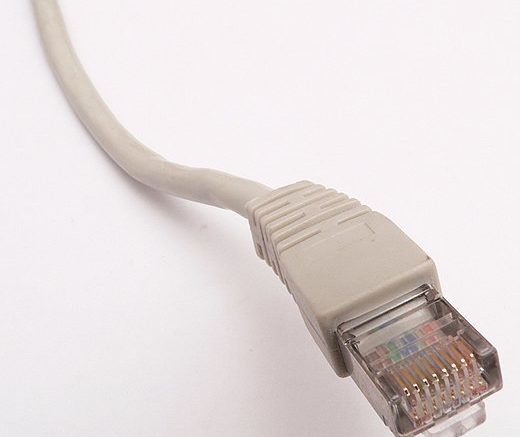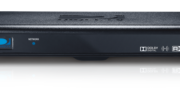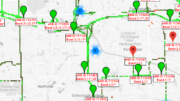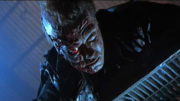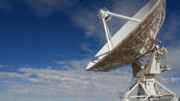File this one under, “not such a smart idea.” I was talking to an old friend and they were telling me that they’ve stopped using coaxial cable in the house. The antenna is connected to a streamer, the cable modem takes coax in and puts out category cable, and they get everything else off the internet. So there’s no need for a house full of coaxial cable. It got me wondering if this is a good idea for everyone, or if coaxial cable is here to stay.
It’s not really the type of cable, it’s what’s on it.
Coaxial cable was designed to carry signals with very little loss over modestly long distances. It was originally designed for analog signals. Those analog signals are more affected by noise and interference than digital ones. Coax cable is also designed to carry a single, high-bandwidth connection.
On the other hand, category cable (the proper term for what is called Ethernet cable) was designed from the start to work with digital signals. Not surprisingly (if you look at the connector) category cable evolved from the cables used in business-class analog phone systems. However, it was designed to work with computer data. Instead of one high-bandwidth signal that could get slaughtered by interference, everything on a category cable is sliced up into tiny chunks called “packets.” These packets can get damaged by themselves and then if they are, they’re re-sent without really affecting the overall data stream. That’s how Ethernet works.
Coaxial cables can carry data. In the early days, that was common. And category cables can carry relatively high bandwidth information, with some help from digital translators. But that doesn’t change the fact that coax is good for big fat video signals and category cable is good for data packets. It’s just the way it’s all designed.
Satellite over category cable?
Given that satellite TV is all digital, can you run it over category cable? The answer is yes. About 20 years ago DIRECTV had a system called MFH-1 which used special receivers designed to work with category cable. Since 2011, their Genie system has sent network data, not really video, from the DVRs to the clients. So it could work. Given the price of copper today, it might even be cheaper.
But it’s hard to stop a speeding train. Satellite TV uses coax cable because people knew how to work with it from the cable TV days. Remember that originally, both DIRECTV and DISH were DIY systems, installed by homeowners not professionals. It’s a lot easier to get coax cable right than it is to get category cable. You can make a decent connection with a pair of pliers, and a perfect one with a simple tool and some practice.
If things were all starting out now, I suspect that it would be category cable from the dish to the DVR, then wireless everywhere else. Wireless systems are robust enough that with the proper repeaters you just wouldn’t need any cable at all. A lot of new DIRECTV systems are done wireless, although they still use coax cable from the dish.
Can you adapt a current DIRECTV system to go over category cable?
You can get devices to change coax cable to Ethernet. They’re used in bars and restaurants. But I don’t think they should really be used at home. Such devices put in a lot more latency. Latency is the time difference between when you want something and when you get it. If you have to wait 3 seconds for a picture to show up on a bar TV, that’s ok. But if you’re talking about 3 second to register each button press in a home setup, that’s probably not ok.
If you’re looking for great options for how to distribute TV in a home, vehicle, business, or boat, we can help. Shop at Solid Signal if you know what you’re looking for. If you want to work with an expert, call 888-233-7563. We’re here to help during East Coast business hours. If you prefer, just fill out the form below. We’ll get back to you as soon as we can.

